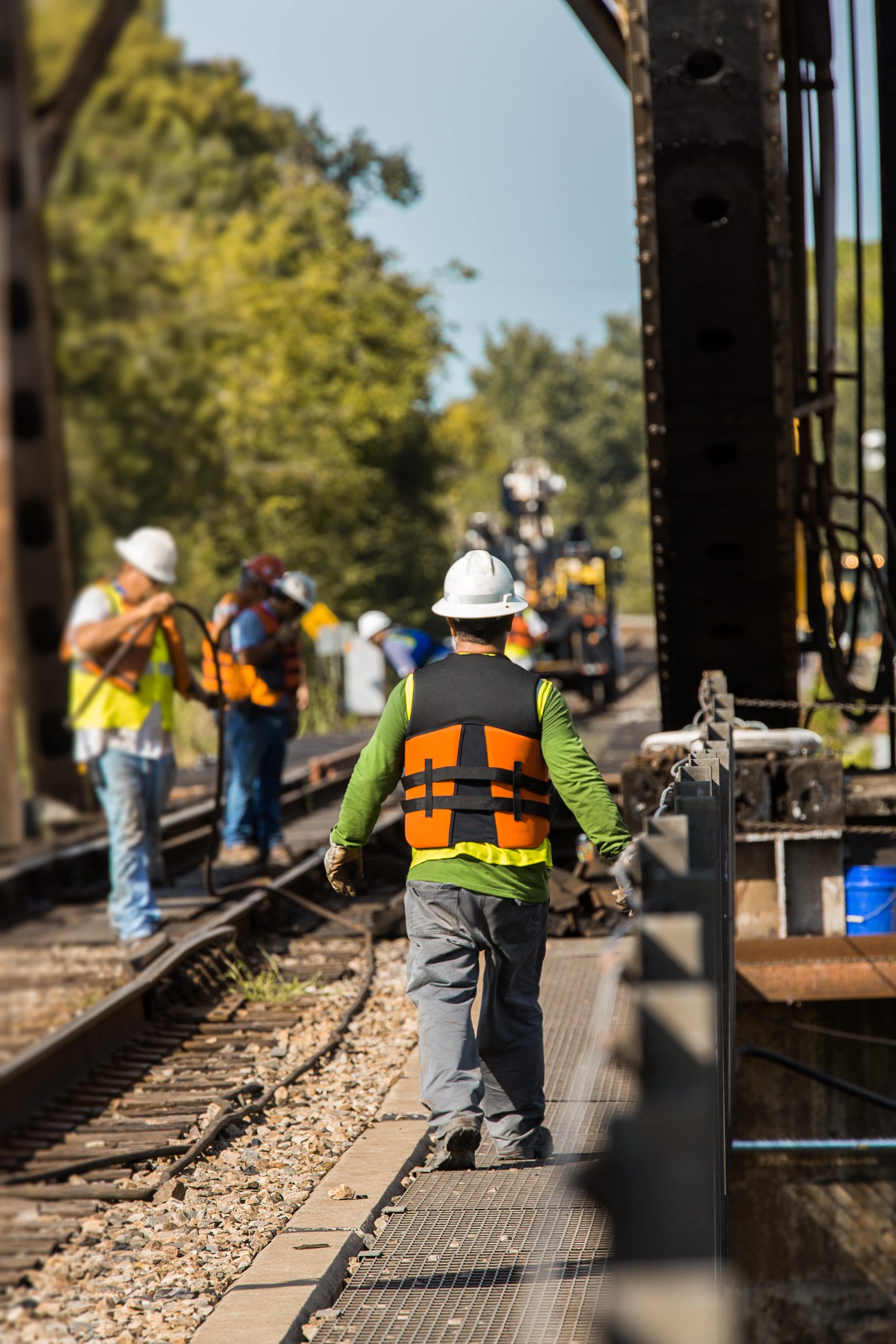Understanding Railroad Cancer Lawsuits: An In-Depth Look
Railroad workers deal with numerous risks on the task, from the physical risks fundamental in operating heavy equipment to ecological direct exposures that can lead to serious health conditions. Among these dangers is the increased potential for developing numerous forms of cancer, mainly due to direct exposure to carcinogenic compounds. This article explores the complexities of railroad cancer claims, clarifying what victims can do to seek justice and the intricacies included.
What is a Railroad Cancer Lawsuit?
A railroad cancer lawsuit is a legal action taken by previous or present railroad workers identified with cancer, declaring that their condition was a result of occupational exposure to harmful substances while on the task. These substances can consist of asbestos, diesel exhaust fumes, benzene, and other hazardous chemicals commonly found in railroad environments.
Table 1: Common Carcinogens in the Railroad Industry
| Carcinogen | Associated Risks | Sources in Railroads |
|---|---|---|
| Asbestos | Lung cancer, mesothelioma cancer | Insulation, older brake linings |
| Diesel Exhaust Fumes | Lung cancer, bladder cancer | Train operation, engine upkeep |
| Benzene | Leukemia, lymphoma | Solvent use, fuel exposure |
| Creosote | Skin cancer, lung cancer | Wood treatment, rail ties |
| Formaldehyde | Nasopharyngeal cancer, leukemia | Various chemicals and adhesives |
Victims typically pursue these suits under the Federal Employers Liability Act (FELA), which supplies a framework for railroad workers to declare settlement for injuries that happen on the job due to the business's neglect.
Why Pursue a Railroad Cancer Lawsuit?
- Accountability: FELA allows hurt workers to hold their employers responsible for hazardous working conditions.
- Payment: Employees can look for financial damages for medical expenditures, lost wages, discomfort and suffering, and any future medical expenses related to their cancer.
- Awareness: Filing a lawsuit can assist raise awareness about dangerous working conditions and pressure railroad companies to enhance safety measures.
Table 2: Potential Damages in Railroad Cancer Lawsuits
| Type of Damage | Description |
|---|---|
| Medical Expenses | Costs of treatment, surgery, and medications |
| Lost Wages | Settlement for time off work |
| Discomfort and Suffering | Damages for physical and psychological distress |
| Future Medical Expenses | Expected costs of ongoing treatment |
| Loss of Enjoyment of Life | Payment for the general loss of satisfaction due to the illness |
The Legal Process
Browsing a railroad cancer lawsuit requires numerous crucial actions:
- Consultation: Victims should initially consult with a legal expert who focuses on FELA cases or personal injury.
- Collecting Evidence: Collecting evidence is important. This consists of medical records, work records, and paperwork of direct exposure to carcinogens.
- Suing: The attorney will prepare and sue, which must comply with FELA's requirements.
- Settlement: Many cases settle out of court, but if the railroad company disputes the claim, the case may proceed to trial.
- Trial: If the case reaches trial, the attorney will provide evidence, consisting of specialist statements, to establish the link between the cancer diagnosis and work exposure.
Difficulties in Railroad Cancer Lawsuits
Regardless of the protective statutes in place, there are several challenges complaintants might face:
- Proving Causation: Demonstrating that their cancer resulted straight from workplace exposure can be complicated, needing specialist testimony and medical evidence.
- Exposure History: Railroad workers typically change tasks or operate in various environments, making it difficult to identify particular instances of poisonous direct exposure.
- Time Limitations: FELA enforces a three-year statute of constraints from the date of medical diagnosis or discovery of the disease to sue.
Table 3: Frequently Encountered Challenges
| Obstacle | Description |
|---|---|
| Causation Difficulties | Trouble in showing the direct link |
| Complex Work History | Differed job functions can muddy exposure records |
| Statute of Limitations | Strict timeframes for filing claims |
FAQ
1. Who can submit a railroad cancer lawsuit?
Only railroad workers who have actually been diagnosed with cancer due to workplace exposure to carcinogenic agents can file a lawsuit under FELA.
2. How does FELA differ from workers' compensation?
FELA permits injured workers to sue their company for negligence, whereas workers' compensation offers benefits regardless of fault, generally without the opportunity for damages for pain and suffering.
3. What kinds of cancers are frequently connected to railroad work?
Common cancers include lung cancer, leukemia, bladder cancer, and mesothelioma cancer, often connected to exposure to asbestos and other toxic compounds.
4. Railroad Lawyers Near Me of the family of departed workers file a lawsuit?
Yes, member of the family might submit a wrongful death claim if a railroad employee dies due to cancer associated to occupational exposure.
5. Is there a time limit to file a lawsuit?
Yes, plaintiffs have 3 years from the date of diagnosis or discovery of the illness to submit a lawsuit under FELA.
Railroad cancer lawsuits work as a crucial avenue for justice for those suffering from conditions exacerbated by their work environment. While the legal procedure can be intricate, the potential for accountability and payment highlights the significance of comprehending one's rights as a hurt worker. For those dealing with such difficulties, looking for knowledgeable legal counsel can make a substantial difference in browsing the complexities of these cases. Understanding the threats connected with railroading and taking proactive actions can result in a safer, more liable industry for all employees included.

